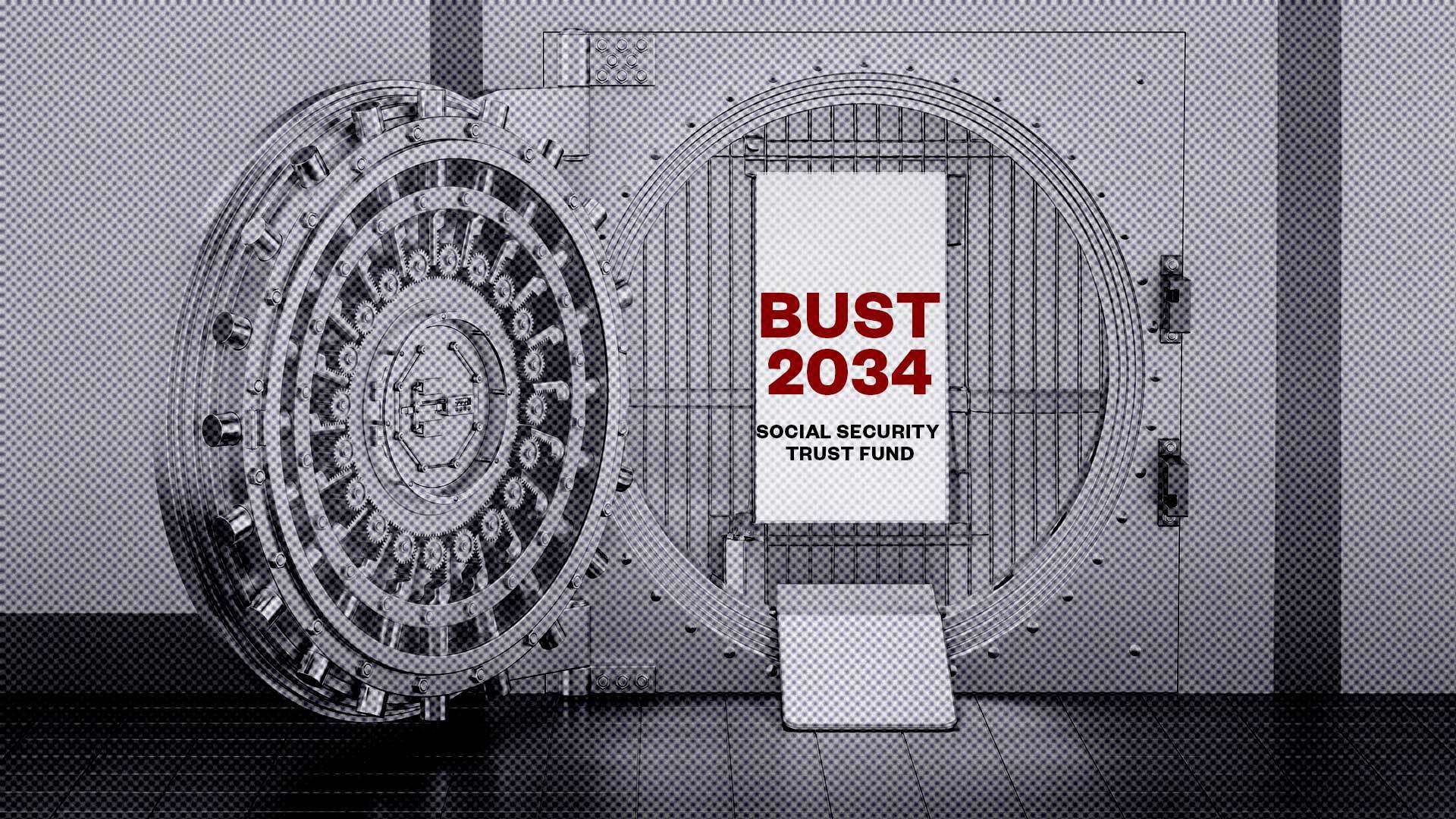Summary
With Social Security projected to be insolvent in 8 years, it’s time for Congress to finally pay attention to entitlement spending.
Source: Reason on MSN.com

AI News Q&A (Free Content)
Q1: What are the primary factors contributing to the projected insolvency of Social Security in the United States within the next eight years?
A1: The projected insolvency of Social Security by 2033 is primarily due to the retirement of the large baby-boom generation, which is increasing the number of beneficiaries relative to the number of contributing workers. This demographic shift is causing expenditures to exceed revenues, leading to a depletion of the trust fund reserves. Without legislative changes, incoming payroll tax and other revenue would only be sufficient to pay 77 percent of benefits starting in 2035.
Q2: How does the current state of Social Security funding impact senior citizens' living options?
A2: The current state of Social Security funding, with potential future payouts reduced to 77%, affects senior citizens by limiting their financial resources. This could impact their ability to afford various living options, such as independent living, assisted living, or nursing homes, making it essential for seniors to explore alternative income sources or savings plans to maintain their lifestyle.
Q3: What solutions have been proposed to address the anticipated shortfall in Social Security funding?
A3: Proposed solutions to address the Social Security funding shortfall include raising the payroll tax rate, increasing the maximum taxable earnings cap, adjusting the cost-of-living adjustments, and gradually raising the retirement age. Each of these measures aims to either increase revenue or reduce expenditures to ensure the program's long-term sustainability.
Q4: What does recent scholarly research suggest about the economic impact of potential Social Security insolvency?
A4: Recent scholarly research indicates that Social Security insolvency could lead to increased financial insecurity among retirees, potentially reducing consumer spending and increasing the demand for social safety net programs. Ensuring solvency through strategic funding measures may mitigate these broader economic impacts by maintaining consumer confidence and economic stability.
Q5: How do current banking and financial network models relate to the issues of insolvency as seen in Social Security?
A5: Current banking and financial network models, as explored in recent research, show that insolvency issues arise from mismatches in asset-liability management, similar to Social Security. These models suggest that strategic interventions, such as capital requirements and emergency asset price supports, could prevent crises by stabilizing expectations and ensuring continued solvency.
Q6: What are the potential effects of reduced Social Security benefits on older adults' health and wellbeing?
A6: Reduced Social Security benefits could lead to increased financial strain for older adults, potentially affecting their ability to afford healthcare, nutritious food, and other essentials. This reduction in financial security may result in poorer health outcomes and increased reliance on public health programs and assistance.
Q7: What role does legislative action play in the future of Social Security's solvency?
A7: Legislative action is crucial in addressing Social Security's solvency issues. By implementing reforms such as adjusting tax policies, benefit formulas, or retirement age, Congress can ensure the program's sustainability. Swift and decisive legislative action is necessary to prevent the projected cuts and maintain the program's financial health.
References:
- Social Security (United States) - Wikipedia
- Bailouts in Financial Networks, Beni Egressy, Roger Wattenhofer
- Inside Money, Procyclical Leverage, and Banking Catastrophes, Charles D. Brummitt, Rajiv Sethi, Duncan J. Watts




